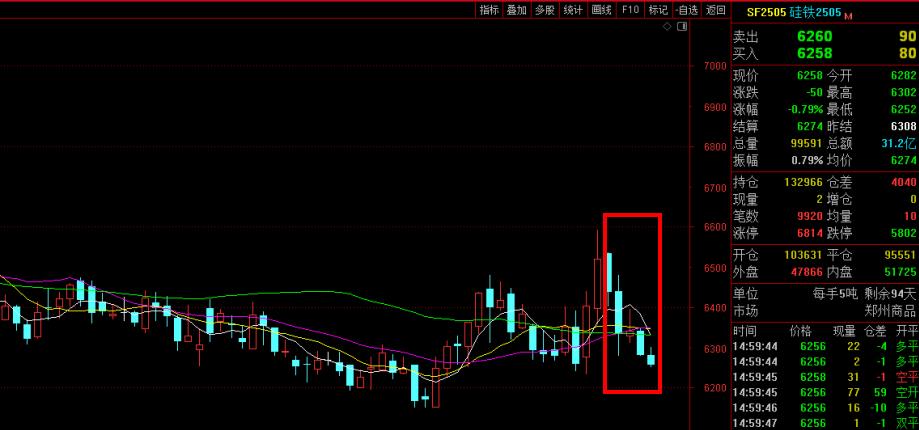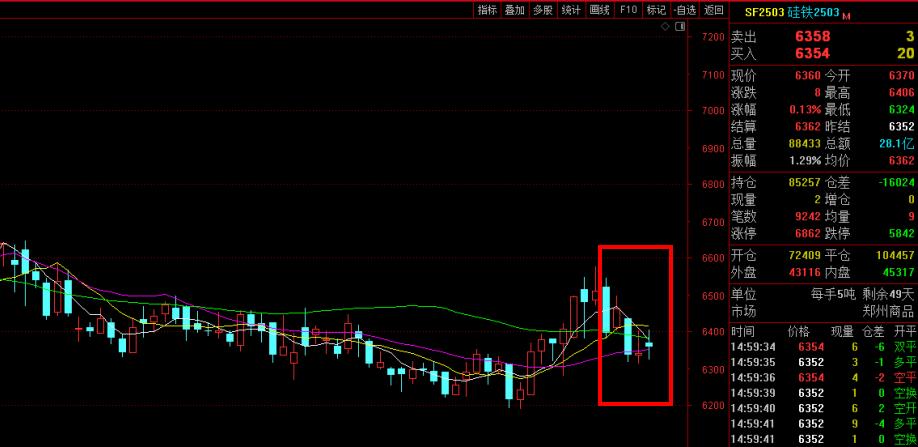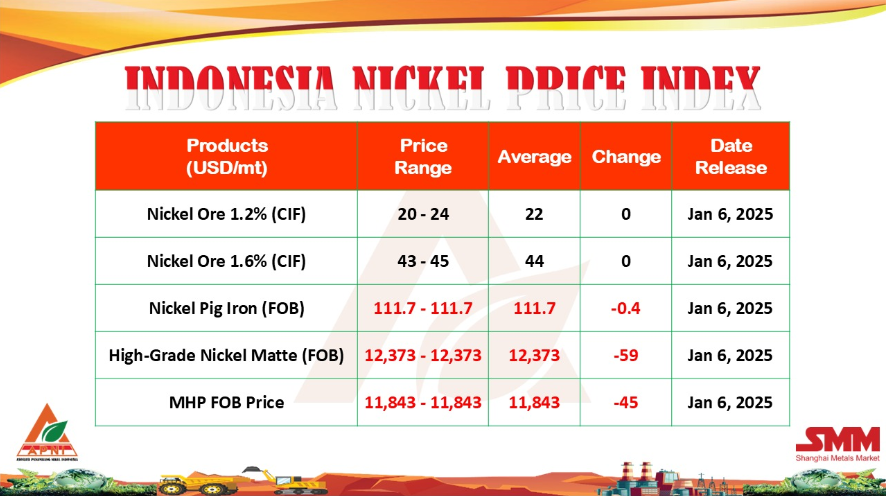[ferro-alloys.com]Establishing steel import quotas is a better option for US steelmakers on a long-term basis than collecting tariffs on imports, Steel Dynamics Inc. CEO Mark Millett said Thursday.
Since the US began enforcing a 25% tariff on steel imports under Section 232 in March, discussions have been ongoing with the US' trading partners to establish alternative arrangements. The US has quota agreements on steel imports in place for Argentina, Brazil and South Korea, and it is expected that the US may reach a quota deal with Canada and Mexico now that a new trade agreement among the three North American countries has been reached.
"The 232 tariffs are a good stopgap, but one has recognized we are going to have global overcapacity for some time to come," Millett said Thursday during SDI's third-quarter conference call with industry analysts.
Millett noted that virtually every economy that has matured or emerged since World War II has been set up as an export economy. As it relates to steel, some sort of long-term moderator should be put into place to ensure overcapacity issues do not escalate.
"As a country, we're steel short -- one of the few countries that is -- so we need imports," Millett said. "Our manufacturing base needs that product and I think quotas tend to be better way of controlling that."
Overall, the Section 232 tariffs are working "incredibly well" and should continue to support US domestic pricing into next year, he said.
Looking ahead, US steel imports will be up for discussion with Canada and Mexico following the announcement of an updated trade agreement, known as the US-Mexico-Canada Agreement (USMCA) October 1.
"I'm very glad the administration has been able to find common ground with Canada and Mexico because as a block we need to be working together, not against ourselves," Millett said.
Since the announcement of the USMCA, SDI has seen a resurgence in orders and order inquiries from its customers in Mexico, he said.
Millett said he expects that steel exports to the US will continue to erode in 2019. If the US is able to get import levels to return to a "normal" historical rate, with demand for steel expected to remain strong in 2019, there should be plenty of demand in the US to absorb increased steel supply being brought online by domestic steelmakers, he said.
- [Editor:王可]



 Save
Save Print
Print Daily News
Daily News Research
Research Magazine
Magazine Company Database
Company Database Customized Database
Customized Database Conferences
Conferences Advertisement
Advertisement Trade
Trade














 Online inquiry
Online inquiry Contact
Contact

Tell Us What You Think